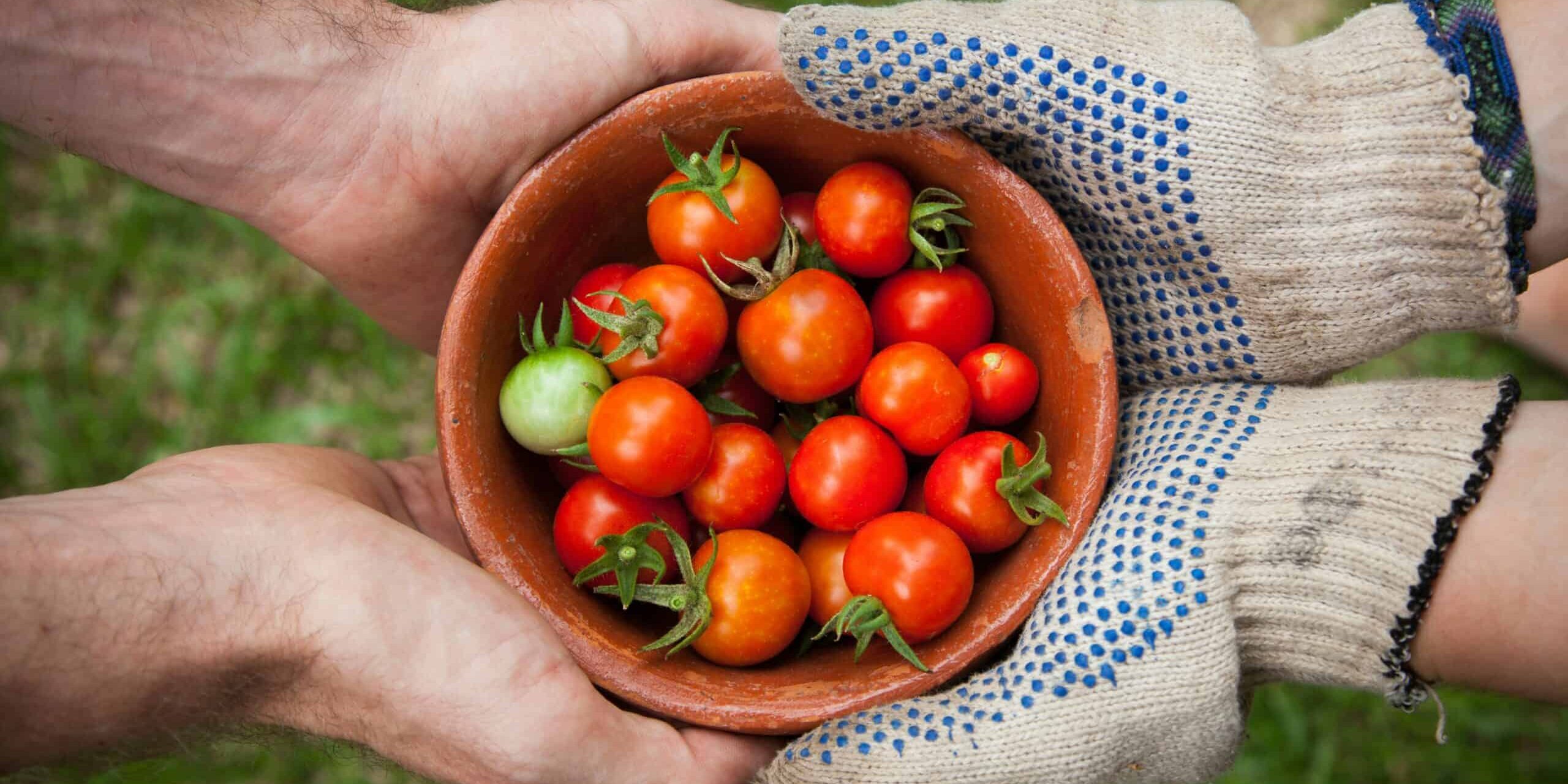As the demands on the global food supply chain increase, maintaining food safety and rigorous testing requirements result in significant natural resource consumption and substantial physical waste. The Environmental Protection Agency notes that food waste contributes to more methane emissions in landfills than any other material, with an estimated 58% of fugitive methane emissions from municipal solid waste landfills coming from food waste. In response, the food industry is intensifying its sustainability efforts by implementing eco-friendlier processes. Microbiological methods, which detect microorganisms or toxins in food and the environment, play a key role. Non-microbiological methods, such as temperature measurements and x-ray detection of metals, also contribute. These tests ensure food quality meets standards to prevent spoilage and consumer illness, thereby reducing the amount of food waste entering landfills.
However, increased testing brings an environmental cost. The waste generated in food testing laboratories is often overlooked in sustainability efforts. Food processors now seek microbiological methods that deliver speed and accuracy while reducing energy use, water consumption, and waste, aiming to lower their overall environmental footprint. Various microbiological tests are conducted at different food processing stages, including harvest, raw material processing, importing shipments, pre-production, and finished product. These tests prevent cross-contamination, ensuring consumer safety and high-quality foods but generating significant waste. Traditional agar testing media, used for over a century, requires substantial water and energy to create and store agar dishes. In-lab agar dish preparation can introduce errors, leading to discarded and remade dishes, creating more waste.
Microbiological methods support sustainability in three ways. First, they reduce food waste. Accurate and consistent test results can prevent unnecessary food waste. Inaccurate tests can lead to needless scrapping of food or costly recall events, wasting resources and risking consumer safety. Ready-to-use dry-film testing solutions can mitigate variability from improper media preparation. Second, they reduce media waste. Media waste in food microbiological labs is often not considered in sustainability metrics. However, alternative technologies like dry-film plates can save labs time and reduce resource usage. One dry-film technology used 75% less energy, 80% less water, emitted 75% less greenhouse gas, and produced 66% less waste than agar, demonstrating significant sustainability improvements. Third, they support proactive risk monitoring. A proactive environmental monitoring program can identify contamination risks early, preventing issues before they occur. Such programs should include ATP testing, allergen testing, pathogen testing, and quality indicator testing to verify effective cleaning and sanitation practices.
Sustainability in the food industry is shifting from optional to imperative. Rising food prices mean that growers, processors, retailers, and others along the supply chain can no longer afford to waste viable food products or risk damaging their brands. Consumers demand both environmental oversight and high food quality at accessible prices. Achieving this requires smarter practices, including proactive food safety strategies, accurate testing methods, and reducing lab waste. By evolving lab practices, food companies can achieve their sustainability goals and meet consumer expectations.
#ICTTMNews #BreakingNews #SupplyChainNews #GlobalFoodSafety #SustainabilityUpdate #FoodIndustry #BreakingNews







